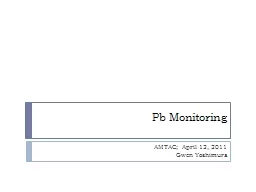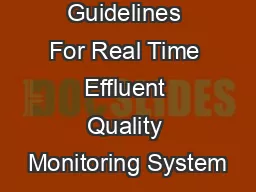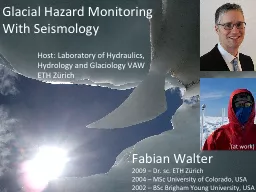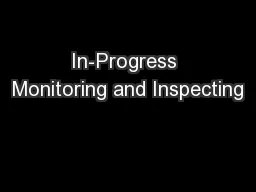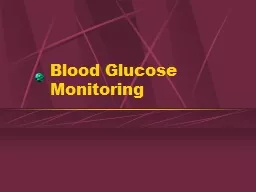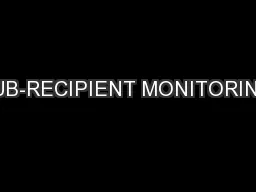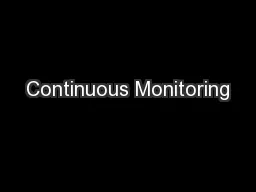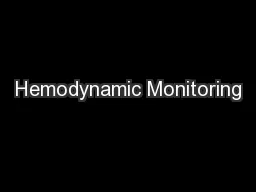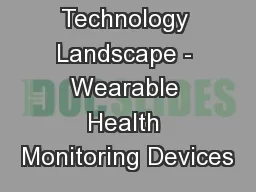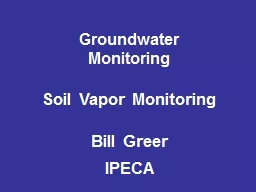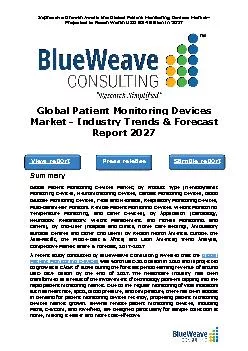PPT-Pb Monitoring
Author : natalia-silvester | Published Date : 2016-05-21
AMTAC April 12 2011 Gwen Yoshimura Pb Monitoring Rule Revision Rule published December 27 2010 Requires Monitoring at sources emitting 05 tpy Pb Monitoring at
Presentation Embed Code
Download Presentation
Download Presentation The PPT/PDF document "Pb Monitoring" is the property of its rightful owner. Permission is granted to download and print the materials on this website for personal, non-commercial use only, and to display it on your personal computer provided you do not modify the materials and that you retain all copyright notices contained in the materials. By downloading content from our website, you accept the terms of this agreement.
Pb Monitoring: Transcript
AMTAC April 12 2011 Gwen Yoshimura Pb Monitoring Rule Revision Rule published December 27 2010 Requires Monitoring at sources emitting 05 tpy Pb Monitoring at airports emitting 10 . On-line . Particle Monitors. Joe Zimmerman. Chemtrac. Systems, Inc.. Norcross, GA. Introduction. The goal of CPT monitoring is to determine:. when corrosion is occurring. where corrosion is occurring. R.M.Bhardwaj. Scientist D. CENTRAL POLLUTION CONTROL BOARD. Background. Central Pollution Control Board issued directions to SPCBs/PCCs for setting up of Real Time Monitoring Systems in February 2014.. With Seismology. Fabian Walter. 2009 – Dr. sc. ETH Zürich. 2004 – MSc University of Colorado, USA. 2002 – BSc Brigham Young University, USA. Host: Laboratory of Hydraulics, Hydrology and Glaciology . QUALITY CONTROL INSPECTOR. WEATHERIZATION ASSISTANCE PROGRAM STANDARDIZED CURRICULUM – . September 2012. Learning Objectives. By attending this session, participants will be able to:. Explain the benefits of performing in-progress inspections and who performs them.. John . Sweka. USFWS – Northeast Fishery Center. Lamar, PA. What is the goal of fish habitat restoration efforts and partnerships?. To create more/better fish habitat. To enhance/recover/restore fish populations. What is Glucose?. A simple sugar that enters the diet as part of sucrose, lactose, or maltose. Part of a polysaccharide called dietary starch. Most of the body’s energy comes from glucose. Insulin effects glucose metabolism. External Audit Perspective. Dionysios. Karamalikis. November 9, 2010. 1. Award . Identification. —At the time of the award, identifying to the sub-recipient the federal award information and applicable compliance requirements.. relevance for Bank operations. Hans . Hoogeveen. World Bank . and . Twaweza. SEDP capitation grant monitoring. January 24 2011, World Bank TTL . of the Secondary Education Development Program . (SEDP) requests . Proprietary Information of SecureInfo. ®. Corporation © 2011 All Rights Reserved. Agenda. Current State of Continuous Monitoring. Continuous Monitoring Defined. FedRAMP. Status. Continuous Monitoring Solutions. Clear Sight – Noninvasive Monitoring. FloTrac. – Minimally Invasive Monitoring. Susan Volk, MSN, RN, CCRN, CPAN. March 2016. Patient Population. ClearSight. and/or . FloTrac. monitoring can be used on any patient population. Cindy Braun. Title One Elementary Lead Teacher for Twin Falls School District. Secondary Schools District Milepost Lead for Twin Falls School District. Endorsed Gifted/Talented. Intervention Specialist. 2. INTRODUCTION. Background. A wearable medical device may be defined as a biosensor that monitors physiological data, usually with a remote/wireless communication, and as a part of any wearable item that is attached to the body. . Bill Greer. IPECA. GROUNDWATER MONITORING. Groundwater must be within 20 feet of the surface. Monitoring wells are used to sense the presence of liquid product floating on the surface. Tank Leak Detection. Global Patient Monitoring Devices Market was worth USD 36.6 Billion in 2020, and it is further projected to reach USD 68.4 Billion by 2027, at a CAGR of 9.6% during 2021-2027
Download Document
Here is the link to download the presentation.
"Pb Monitoring"The content belongs to its owner. You may download and print it for personal use, without modification, and keep all copyright notices. By downloading, you agree to these terms.
Related Documents

